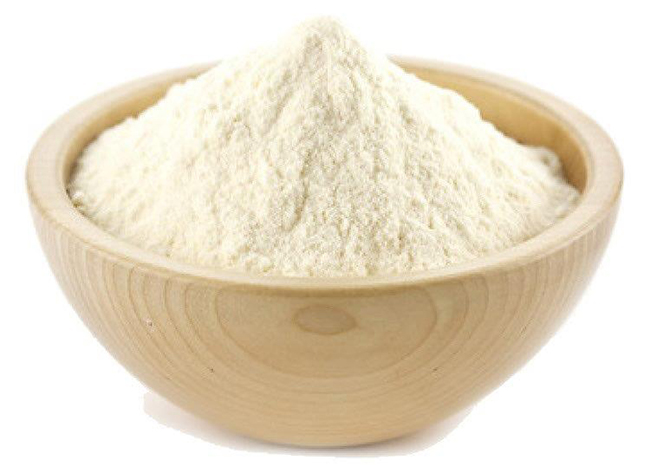
Modified Starch
Modified Starch is used as a thickening agent, stabilizer, or an emulsifier . Apart from Food products, Modified Starch also finds use in Paper manufacturing, Pharmaceuticals and various other Industrial applications. Starches are modified to increase their stability against excessive heat, acid, and freezing, to change their texture, or to lengthen or shorten gelatinization time. A modified Starch may be an instant Starch which thickens and gels without heat, or a cook-up Starch.While Acid-treated starch is prepared by treating Starch granules with in-organic acids. Other treatments may produce modified Starch with different enzymes such as alkline modified Starch, Bleached Starch, Oxidized Starch, Enzyme-Treated, Acetylated Starch and Acetylated Oxidized Starch.
Sukhjit has a diverse portfolio of Modified Starches suitable for various applications these products have been highlighted below.



